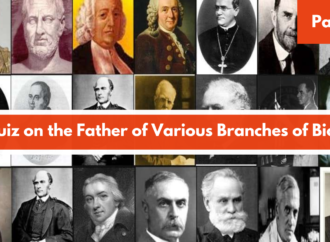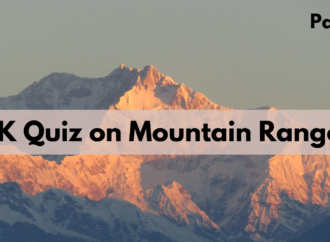Open the conversation
READ BEFORE YOU PROCEED: D2G wears no responsibility of the views published here by the respective Author. This Editorial is used here for Study Purpose. Students are advised to learn the word-meaning, The Art of Writing Skills and understand the crux of this Editorial.

Meanings are given in BOLD
Last month, Union Health and Family Welfare Minister Harsh Vardhan told the Rajya Sabha that he expects a vaccine against COVID-19 to be available by early 2021. But he added a note of caution about the time it could take to reach everyone. On Sunday, he spoke again on the issue: “Prioritisation ( the action or process of deciding the relative importance or urgency of a thing or things) of groups for the COVID-19 vaccine shall be based on two considerations — occupational hazards and the risk of developing severe disease and increased mortality ( the number of deaths in a given area or period, or from a particular cause).”
The minister has done well to indicate the government’s priorities at an early stage — a vaccine for mass use is, by most estimates, at least three months away. But in the coming weeks and months, as the government gives shape to its plans, narrowing down the priority list, it will need to answer more questions.
For instance ( an example or single occurrence of something), if the strategy is to give precedence ( the condition of being considered more important than someone or something else; priority in importance, order, or rank) to healthcare workers, should doctors who deal with infectious diseases get the first shot? Or should nurses, ward attendants, ambulance drivers be higher on the priority list?
Among those with comorbidities ( comorbidity is the presence of one or more additional conditions often co-occurring with a primary condition ), should the health of the elderly be secured first, or do relatively younger people, who need to travel more, have a more urgent claim? Should those who live in slums and congested ( so crowded with traffic or people as to hinder or prevent freedom of movement ) areas get priority? Choosing from among different sets of vulnerabilities ( the quality or state of being exposed to the possibility of being attacked or harmed, either physically or emotionally ) is never easy.
It is important, therefore, that the government opens the conversation to a variety of specialists — epidemiologists, ethicists, economists, patient groups, social scientists.The WHO’s preliminary guidelines for vaccine allocation underline the significance of a deliberative ( relating to or intended for consideration or discussion ) procedure: “Employ best available scientific evidence, expertise, and significant engagement with relevant stakeholders for vaccine prioritisation… using transparent, accountable and unbiased ( showing no prejudice for or against something; impartial) processes to engender… trust in prioritisation decisions”.
A consensus ( a general agreement ) also seems to be emerging globally that allocation strategies should be informed by wide-ranging discussions. In the US, the Centers for Disease Control and Prevention asked the National Academies of Sciences, Engineering and Medicine (NASEM) to develop a plan “to fairly allocate” a vaccine. NASEM reportedly conducted a public hearing in the first week of September before releasing its first draft.
The Drugs Controller General of India said, last month, that it would approve a vaccine “of at least 50 per cent efficacy”. Given the magnitude of the crisis ( a time of intense difficulty or danger), this low bar is understandable. But a less than 100 per cent sure inoculation ( booster ; vaccination ) could mean that plans to track the initial recipients will have to be developed in tandem ( having two things arranged one in front of the other ) with the allocation strategy. It’s important that a range of specialists are called in to join the dots, think through the difficult issues.

















